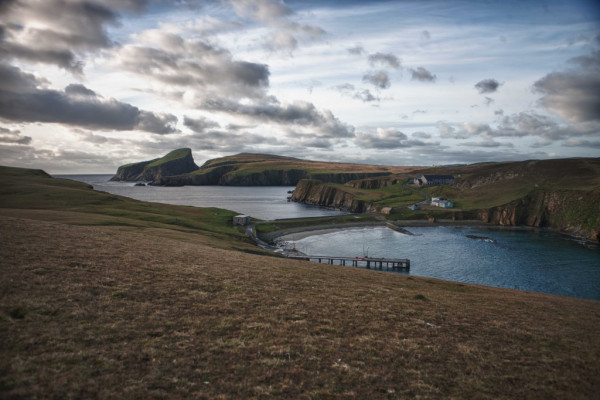Ten year health check for UK's most important bird sites
Ten year health check for UK's most important bird sites
20 Oct 2016
Special Protection Areas are designated for many species under the EU Birds Directive, including all regularly occurring migrants and the additional species listed under Annex 1 of the Directive. There were 270 such UK sites classified by January 2016 covering 2.8 million hectares. As a result, they form a crucial pillar of the conservation of wild birds in the UK. The suite of sites was last reviewed in 2001 and the current report covers progress since then.
The review required the collation of a huge quantity of data, at the level of individual sites but also to produce population estimates at national (and indeed international) level to provide an understanding of the sufficiency of the SPA network to provide the intended level of conservation support. A large proportion of the data was collected by BTO volunteers as part of monitoring schemes such the Wetland Bird Survey. Indeed, the report specifies that 85% of the records underpinning the report were collected by volunteers.
Importantly, the report not only provides summarised data, but also sets out clear advice to government. Some of the key points are:
- SPA suites for 64 species/populations are judged to be sufficient to meet the requirements of Article 4 of the Birds Directive, but for 87 species/populations they are considered to be insufficient;
- Reviews of the management and/or monitoring of relevant SPAs should be undertaken for 19 species by the relevant country agencies to address causes of declines;
- Reviews of the boundaries of some or all of the SPAs for 17 species are needed to ensure sites adequately provide for the species’ ecological functions;
- A separate assessment and review of SPA provision in both the inshore and offshore marine environment should be considered for at least 49 species;
- Despite the 2001 review drawing attention to the lack of information on the status of non-breeding Merlin and Hen Harrier and the SPAs which have been classified for them, fifteen years on there are no further available data for these species, and this issue should be addressed as a priority;
- The review considers the need for SPA provision for the following regularly occurring Annex I species for which there are currently no UK SPAs: Spoonbill, Common Crane, Smew, White-tailed Eagle, Montagu’s Harrier, Kingfisher and Red-backed Shrike.
- It is critical to at least maintain the existing wide range of national and local bird surveillance and monitoring schemes, many co-funded by JNCC or the statutory nature conservation agencies.
Novel work in the report includes particular consideration of birds using cropped habitats, the effects of climate change on the SPA network, and the calculation of a Site Provision Index – an innovative approach to making an objective assessment of network sufficiency.
Following the publication of this report, there will be further phases of work which will consider whether new SPAs (or SPA extensions) should be considered in the light of recommendations from this first phase of the Review, and if so, their possible location and extent.
Of course, one large issue which the report is not able to predict is the effect of the departure of the UK from the European Union. There remains uncertainty over what the status of SPAs may be if the UK is no longer a signatory to the EU Birds Directive. However, it seems likely that at least some network of protected sites will continue to be an important pillar of conservation in a post-Brexit UK. Whatever the future holds, BTO volunteers will clearly continue to play a crucial role in providing the impartial data and advice on which evidence-based decisions about our environment must be based. Indeed, the critical role of volunteers is recognised in the report which specifically states:
“It is important at the outset to acknowledge that this SPA network assessment would simply not have been possible without the massive voluntary efforts of many tens of thousands of volunteers who have given their time (and resources) to participate in systematic surveys and monitoring of UK birds since the 1960s. We acknowledge their huge input and interest, without which knowledge of the UK’s changing bird populations would be immeasurably poorer.”






Share this page